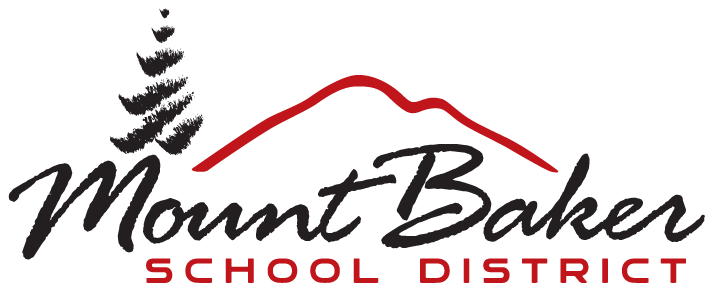Disability History and Awareness Month (RCW 28A.230.158) takes place during October to increase awareness, respect, and acceptance for people with disabilities, and to bring a greater sense of pride to people with disabilities.
Growth Mindset - Pride: Pride is described in the dictionary as “pleasure or satisfaction taken in something done by or belonging to oneself or believed to reflect credit upon oneself.” Pride can be found in many places, including in movements such as the Disability Rights Movement, and in self-advocacy.
- NCIL Disability Pride Toolkit – The Independent Living Paradigm shows the difference between the Medical Model and the Independent Living Model, as well as testimonials from youth with Disability Pride, and other helpful resources on Pride.
Leadership - Self-Advocacy: Self-Advocacy is a right that people possess so they can speak for their own rights and make decisions impacting their own life - that the person affected should be the essential contributor. “Nothing About Us Without Us” became the slogan for the Disability Rights Movement, which embodies the idea of self-advocacy.
- PAVE Youth - Partnerships for Action, Voices for Empowerment has a specific section for youth, offering videos and articles on disability pride, leadership, and other useful resources and links.
- NAMI - National Alliance on Mental Illness offers resources on mental health, with an emphasis on education and advocacy. There are tabs with overviews, treatment methods, support, and threads to share and communicate on.
Evidence-Based Practices, Professional Development: The following resources include experiences presented by people with disabilities, both by professionals talking about their disabilities, or on personal blogs. Many talk about how their disability has impacted their professional lives, and some speak to how they advocated for change to better integrate people with disabilities into their fields.
- Disability Visibility Project - In addition to blog posts written by Alice Wong and guest blog writers, the podcast has short interviews with people with disabilities in several different professions, as well as experiences in other walks of life, such as parents with disabilities. Some may bring up sensitive topics, content, or language.
- Rooted in Rights - Rooted in Rights has several videos on their Storytellers Series which “aims to increase authentic representation of people with disabilities, cultivate emerging creators and activists, and promote accessible social video as a form of activism.” Rooted in Rights also has a blog with several different authors and topics, as well as a podcast about parents with disabilities talking about their lives, both as a parent and their childhoods.
Resource Allocation - History: History helps with an understanding of where a community has been and major events that have happened. Disability history covers the largest minority in America and the struggle that brought about the Disability Rights Movement.
- Disability Rights History Timeline - A timeline that is structured by year on major events that happened in Disability Rights and what led to that point. From 1817 to 2005.
- NCLD Youth Timeline - Offers a look at the history of people with disabilities. The timeline starts in 1770 and continues through 2006.
- National Park Services: Disability History - A series of seven articles about Disability History in America. The articles include Early and Shifting Attitudes of Treatment, Educational Reform, Military and Disability, Presidents and Disability, the Disability Rights Movement, and the National Park Service and Accessibility.
Allyship and Intersectionality: Intersectionality is the acknowledgment that diverse identities overlap within communities. A person could face oppressions such as having a disability, being from the LGBTQ+ community, being a person of color, or others. Allyship is those without disabilities assisting those with disabilities. Allies offer support and can help amplify the voices of people with disabilities. They can also help others without disabilities understand why equity is important.
- Be An Ally - A list of how to be a good ally such as actively listening, practicing accountability, supporting identities and communities, taking actions, and more.
Media: Media often lacks representation for people with disabilities. Below is a list of books with characters with disabilities.
- Children’s Books: Portrayals of People with Disabilities - A list of children’s books with characters with disabilities listed by disability. Each includes the title, author, short synopsis, and recommended grade level of each book.
Adapted from: Disability History and Awareness Month. Office of Superintendent of Public Instruction, https://www.k12.wa.us/sites/default/files/public/specialed/pubdocs/Disability_Awarness_History.pdf. Accessed 19 September 2022.

